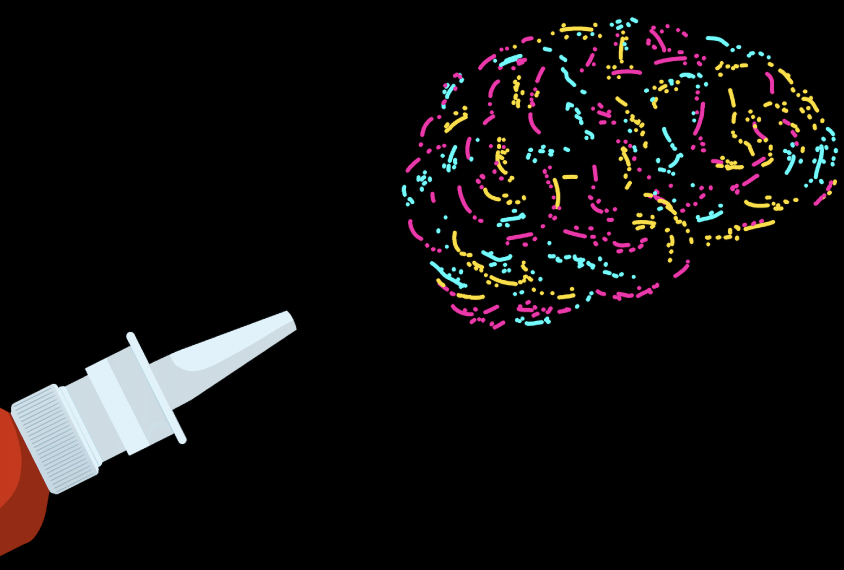Daniel S. Quintana is a Senior Researcher at the Norwegian Centre for Mental Disorders Research at the University of Oslo and Oslo University Hospital in Norway.

Daniel Quintana
Senior researcher
Norwegian Centre for Mental Disorders Research
From this contributor
How to improve oxytocin research for autism
To guard against hype, scientists studying oxytocin’s role in autism and its potential as a treatment need to embrace robust theories, rigorous delivery methods and reproducible research practices.

How to improve oxytocin research for autism
Explore more from The Transmitter
The Transmitter’s most-read neuroscience book excerpts of 2025
Books by Nachum Ulanovsky, Nicole Rust, and Andrew Iwaniuk and Georg Striedter made the list of some of the year's most engaging neuroscience titles.

The Transmitter’s most-read neuroscience book excerpts of 2025
Books by Nachum Ulanovsky, Nicole Rust, and Andrew Iwaniuk and Georg Striedter made the list of some of the year's most engaging neuroscience titles.
Neuroscience’s leaders, legacies and rising stars of 2025
Here are seven stories from the past year about some of the field’s most engaging figures.

Neuroscience’s leaders, legacies and rising stars of 2025
Here are seven stories from the past year about some of the field’s most engaging figures.
The Transmitter’s top news articles of 2025
Check out some of our most-read stories, covering neuroscience funding and policy changes in the United States, and methodological issues in high-profile neuroscience papers.

The Transmitter’s top news articles of 2025
Check out some of our most-read stories, covering neuroscience funding and policy changes in the United States, and methodological issues in high-profile neuroscience papers.